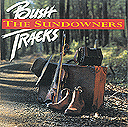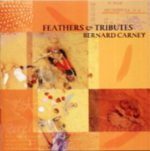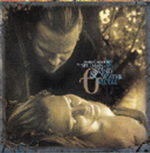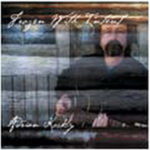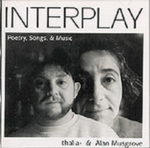Description
By 1973 when this recording was made at Armstrong Studios in South Melbourne, the line up was Dave Isom, Jan Wositzky, Bert Kahanoff, Mick Slocum and Davey Kidd – with guest player Chris Wendt playing 5 string banjo on one track. This is the first recording by The Original Bushwackers and Bullockies Bush Band, and precedes the band’s first commercial LP, The Shearer’s Dream (Picture Records, 1974)
Dave played with the early Captain Matchbox Whoopee Band and later founded the Original Bushwackers and Bullockies Bush Band.
After The Bushwackers Dave co-founded The Sundowners Band.
He has also circumnavigated the globe as a sailor and his other album, Sea Songs, is a collection of his favourites borne from his lifelong love of the ocean.
CD review by Tony Smith
TN158 – Oct 23
This 2020 release of music originally published on cassette in 1973, forms part of the Bushwackers’ ‘Memories and Memorabilia’.
There are ample sleeve notes as well as a slip out booklet of photographs and an article from the Nation Review newspaper of 1973.
The band consisted of Dave Isom (guitar, vocals, 5 string banjo), Jan ‘Yarn’ Wozitsky (bush bass, bones, spoons, harmonica, vocals), Bert Kahanhoff (lagephone, vocals), Mick Slocum (button accordion, Anglo concertina, vocals), Davey Kidd (David Kidron) (fiddle, mandolin) and guest artist Chris Wendt (5 string banjo).
The eleven tracks include several songs billed as traditional: ‘Lazy Harry’s’, ‘’Ard Tac’, ‘Another Fall of Rain’, all shearing songs, and ‘South Australia’.
There is also Slim Dusty’s ‘Rain Tumbles Down in July’ which gets a reprise as the final track but as an instrumental.
Then there are Edward Harrington’s ‘Swagless Swaggie’ and ‘Jones’s Selection’, adapted from G.H. Ironbark Gibson.
Jan recites both of these, and ‘Smiling’ Billy Blinkhorn’s ‘Ned Kelly Was Born in a Ramshackle Hut’.
The album also includes a couple of dance tracks, ‘Whinham’s Reel/ Nancy’ and ‘Chicken Reel/ Hen’s March’.
Several photos remind us of the huge beards which were popular in those times.
The Bushwackers are also shown sitting astride horses and other near relations in an attempt to recreate the even earlier days they sang about.
Both the worlds of 1973 and 1873 had a masculine emphasis which might surprise many listeners.
Listening to these songs and tunes again reminds us of the influence that the Bushwackers had on traditional Australian music.
They were at least partly responsible for young people of the day taking an interest in ‘bush’ music and indeed for rejuvenating many older fans as well.
Many local imitators sprang up in the various capitals and bush dances became all the rage.
Other instruments such as bass guitar were added and bands looked for novel songs to add to their repertoires.
More recent members of the Bushwackers continue to be drawcards at festivals today, so this reminder of origins is very timely, fifty years after 1973.

